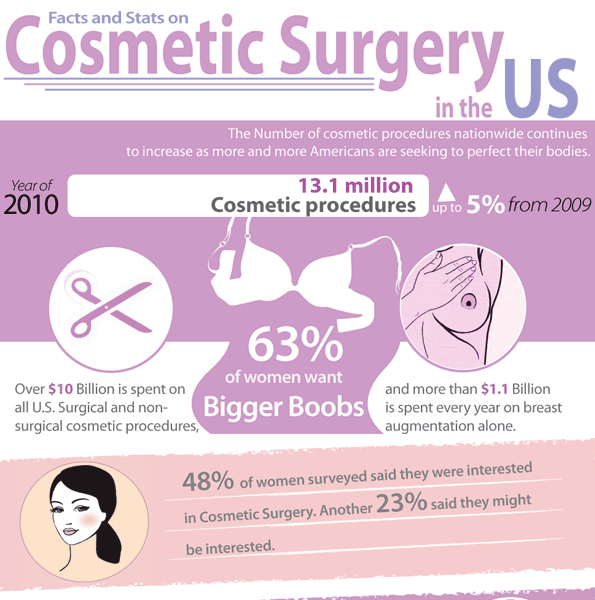AHAs are an essential ingredient for unclogging pore clogs and brightening acne-prone skin. They function by breaking down dead skin cell buildup to promote newer, fresher cells, and preventing future obstructions.
Creating topical AHAs demands meticulous attention to different vital elements that substantially impact their efficacy and tolerability. Preserving the optimum pH range, along with car choice and focus, intensifies their exfoliative attributes while reducing possible damaging reactions.
Glycolic acid
Glycolic acid is known for its mild yet efficient exfoliating properties, which promote skin's natural dropping and loosen up the "adhesive" that holds dead cells externally of the skin. This helps unclog pores and minimize the appearance of great lines and wrinkles, in addition to boost total skin texture and tone.
Interestingly, topical glycolic acid has also been revealed to promote the manufacturing of collagen, which is essential in keeping skin's suppleness and flexibility. It is important to note, however, that because glycolic acid can promote the skin's level of sensitivity to sunshine, it is important to put on sun block when making use of any kind of items having this active ingredient.
Dermatologists pay careful attention to the formulation of products containing AHAs in order to optimize their efficacy and tolerability. Formulating AHAs with the appropriate vehicle, along with pH and concentration considerations, enables ideal skin penetration while reducing prospective unfavorable reactions. This is particularly essential for clients with sensitive skin, since AHAs are recognized to be gently bothersome.
Lactic acid
Lactic acid is discovered in lots of non-prescription skin treatment products and some stronger professional peels and therapies. It has the most affordable molecular weight of all the AHAs and has the ability to permeate deeper into the skin, where it is extra effective at unclogging pores and scrubing.
Like glycolic acid, it additionally promotes collagen synthesis, which assists decrease fine lines and creases and boost skin structure. Furthermore, it has moisture-retention homes, which makes it more suitable for drier skin kinds than various other AHAs.
The substantial body of medical data substantiating the efficiency of topical AHAs sustains their energy in a wide range of skin-related ailments and visual problems. These consist of elaborate skin rejuvenation procedures, depletion of great lines and wrinkles, lightening of hyperpigmentation, restorative treatment for actinic keratosis, and acne administration [2] Optimizing the solution of AHAs by balancing pH, concentration, and lorry choice even more boosts their restorative capacity. These careful factors to consider allow dermatologists to deliver secure and efficient treatments that give remarkable medical outcomes.
Mandelic acid
Mandelic acid, originated from almonds, is another member of the AHA family members and is a prominent ingredient in items that assist deal with acne. Its bigger molecular size suggests it permeates the skin extra gradually and gently, which can minimize the capacity for irritability. It's likewise less most likely to set off soreness and various other skin sensitivity concerns, making it appropriate for delicate skin types.
Mandelic Acid is believed to help in reducing inflammation and increase hydration. It works by loosening up the bonds between dead skin cells, permitting them to drop and reveal fresher-looking skin. It additionally helps reduce the look of enlarged pores.
Formulating topical items with AHAs requires an exact balance of key aspects that considerably influence their effectiveness and tolerability. In particular, the pH of an AHA solution has been revealed to play a crucial role in its capability to promote exfoliation and boost skin tone and appearance. Achieving this optimum concentration is a tough goal and needs meticulous interest to the various aspects that influence the formula procedure.
Citric acid
Citric acid, found in citrus fruits such as oranges and lemons, is a moderate AHA. It's much less annoying than glycolic or lactic acid, making it preferable for sensitive skin. It additionally has astringent residential or commercial properties, aiding to dry out excess oil.
Like various other AHAs, citric acid can be used in chemical peels and everyday active/maintenance therapies to exfoliate the skin and advertise cell turnover. It can help reduce the look of dark spots and hyperpigmentation, dysport vs botox in addition to great facial lines.
It can additionally increase the synthesis of glycosaminoglycans, which play a vital role in reinforcing the skin obstacle function. This assists to avert trans-epidermal water loss, and preserve optimum hydration levels in the skin [35]
AHAs can be integrated with comforting ingredients such as ceramides or hyaluronic acid to boost their tolerability. They can be incorporated into day-to-day active/maintenance skincare with lotion or product formulations. This enables experts to tailor their AHA treatments based upon patient requirements and choices, with the adaptability of selecting from various treatment intensities or focus.
